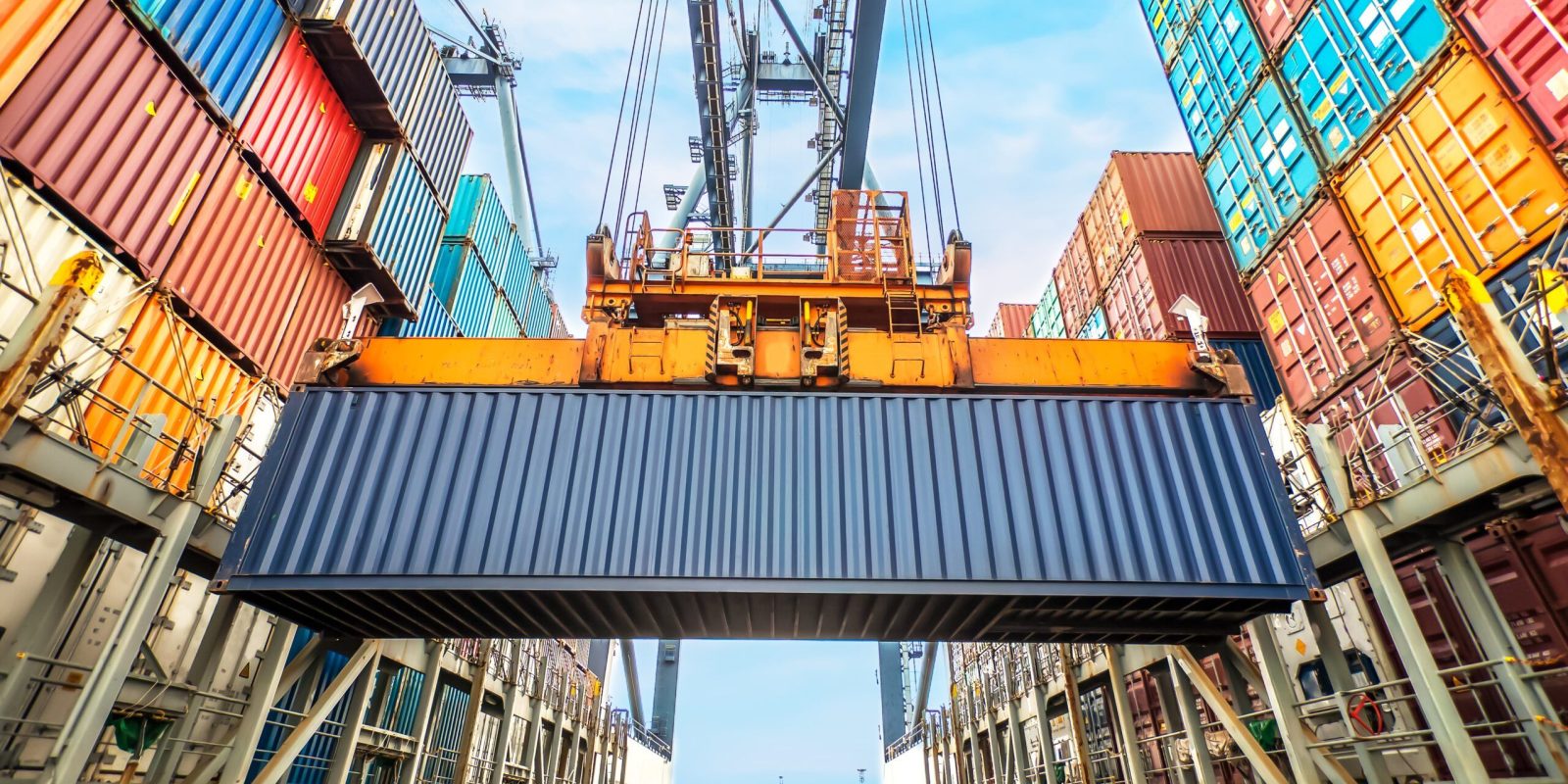As part of the enVista Experts on Demand video series, we asked enVista thought leaders to discuss noteworthy topics related to supply chain, transportation, retail, IT and ERP. In this THREE PART blog, we share expertise from Geoff Milsom, a director at enVista, on how to save money simply by thinking like a big shipper.
Why do many small and mid-sized shippers assume that a larger size is necessary to achieve meaningful transportation cost savings?
We work with shippers and third party logistics (3PL) providers of all sizes and when we’re working with small to mid-sized shippers, they typically think because they’re not a Target, or a Wal-Mart, or a 3PL, they can’t find some of the same cost savings that these large companies do. Typically they think this because they think size matters. They spend lots of money on transportation; they have huge budgets and they have robust systems. There are a variety of ways in which these shippers and 3PLs can reduce some of their costs savings and improve some of their processes just by leveraging some technology and doing some things differently in the marketplace.
How should small to mid-sized shippers approach carrier contract negotiations?
Most folks think that how much money you spend will directly impact the discounts that you get or positively impact your pricing compared to your competitors. But what we’ve found is that shippers, even small ones that spend a couple million dollars per year on transportation, typically get very similar cost savings percentages that the large shippers do if they get a good handle on their data and work on carrier contract optimization. This is something we have to explain to the shippers. We’ve run into situations very recently where a trucking company needs freight going west to east because they’re imbalanced east to west, and it’s a very attractive piece of one million dollars for that transportation provider. The devil is in the details and when shippers are able to provide very good data for a good period of time – peak and slow season – and do a really good job defining requirements for the carriers from a tech and integration perspective, we find that smaller shippers do save a lot of money. The small shipper that might spend a million or two on transportation, for example, we’ve seen them experience 20 and 30 percent savings just through good data, good requirements definition and a good RFP process.

Transportation System Strategy & Selection: A Step-by-Step Guide to Mitigate Risk and Drive Success
Selecting and implementing a new transportation system is a critical decision for organizations facing growth, mergers or expanding services. Gain insight into a step-by-step guide to mitigate risk and drive success.
How can small to mid-sized shippers reduce costs by changing the way they move freight?
When we say change the way you move freight, this has a couple different meanings. Small to mid-sized shippers aren’t typically educated on consolidation opportunities. So we have customers who get their data, and we see they have a high volume of LTL moving into Texas into the northeast, for example. Through some process changes, we can help them turn those LTL shipments maybe into a multi-stop truckload. So that’s an example of mode conversion moving your freight differently.
Additionally we see folks who have static routing guides where they define a small parcel shipment as less than 150 pounds and a LTL as greater than 150 pounds. Less than truckload carriers and parcel carriers change their pricing very regularly from a class perspective on LTL, from a dimensional weight perspective on small parcel. So those 150 pound inflection points are typically outdated and not appropriate for that type of shipper. We really help folks figure out during a sourcing effort, or during a process improvement project, what is the right break point for the mode. Sometimes you can eliminate that break point. If you’re able to put in a good rate shopping process, there is no more break rate, what’s left is whoever is the most competitive on that particular weight. Another version of mode conversion would be moving TL to intermodal. Intermodal has had a lot of growth from the last few years. It’s probably grown faster than any other mode of transportation mostly because the tech has improved with the rail companies. Historically intermodal was a few days slower than let’s say over the road truckload. Now we’re seeing service days that are either competitive or one day longer than truckload. So shippers that are used to moving truckload can be difficult to convince that intermodal is safe and reliable. Usually when they make that decision they can save an additional 5 – 10 percent moving from TL to intermodal. Now if there are additional service days, you have to sometimes work with procurement folks in order to have them understand it will be picked up sooner, from a customer service perspective. Customers might have to be educated that they’re getting an intermodal shipment instead of truckload.






